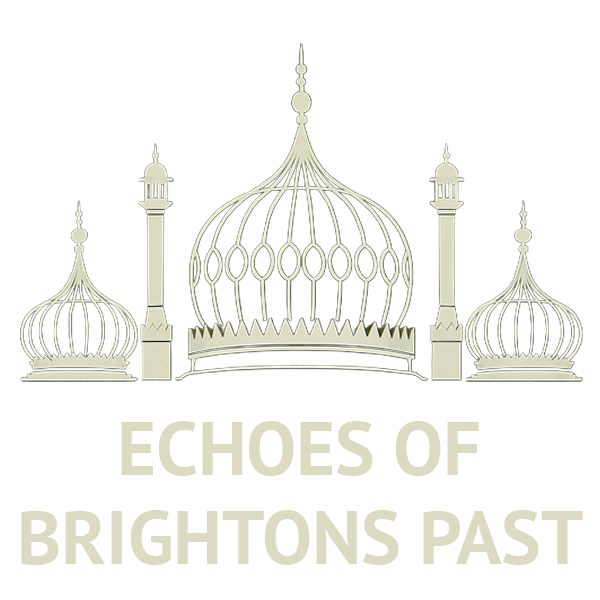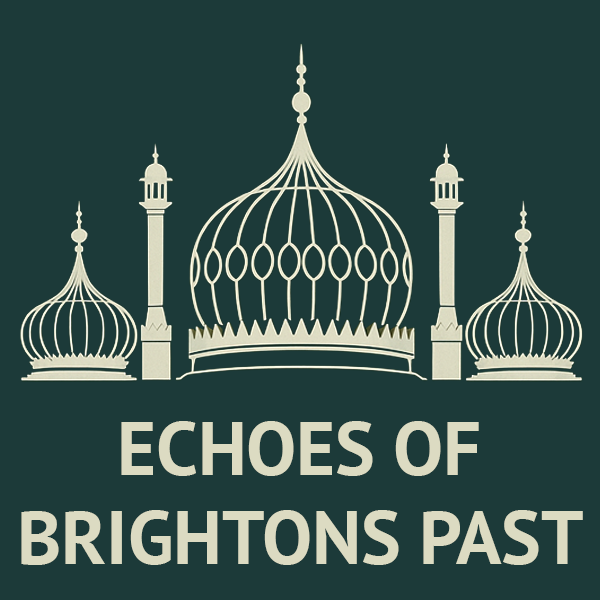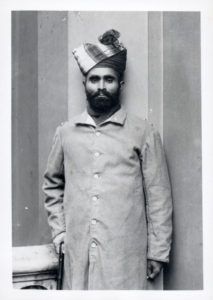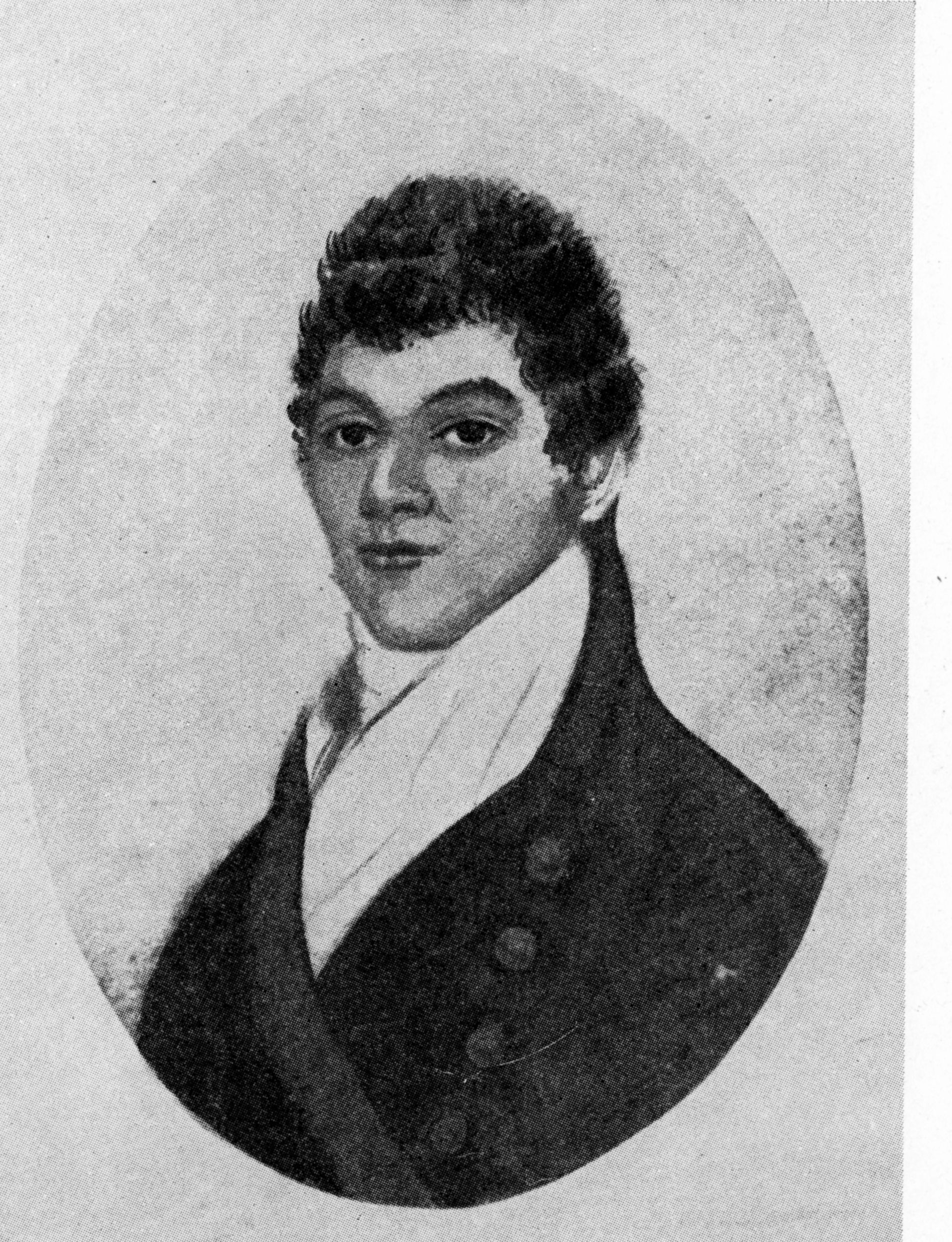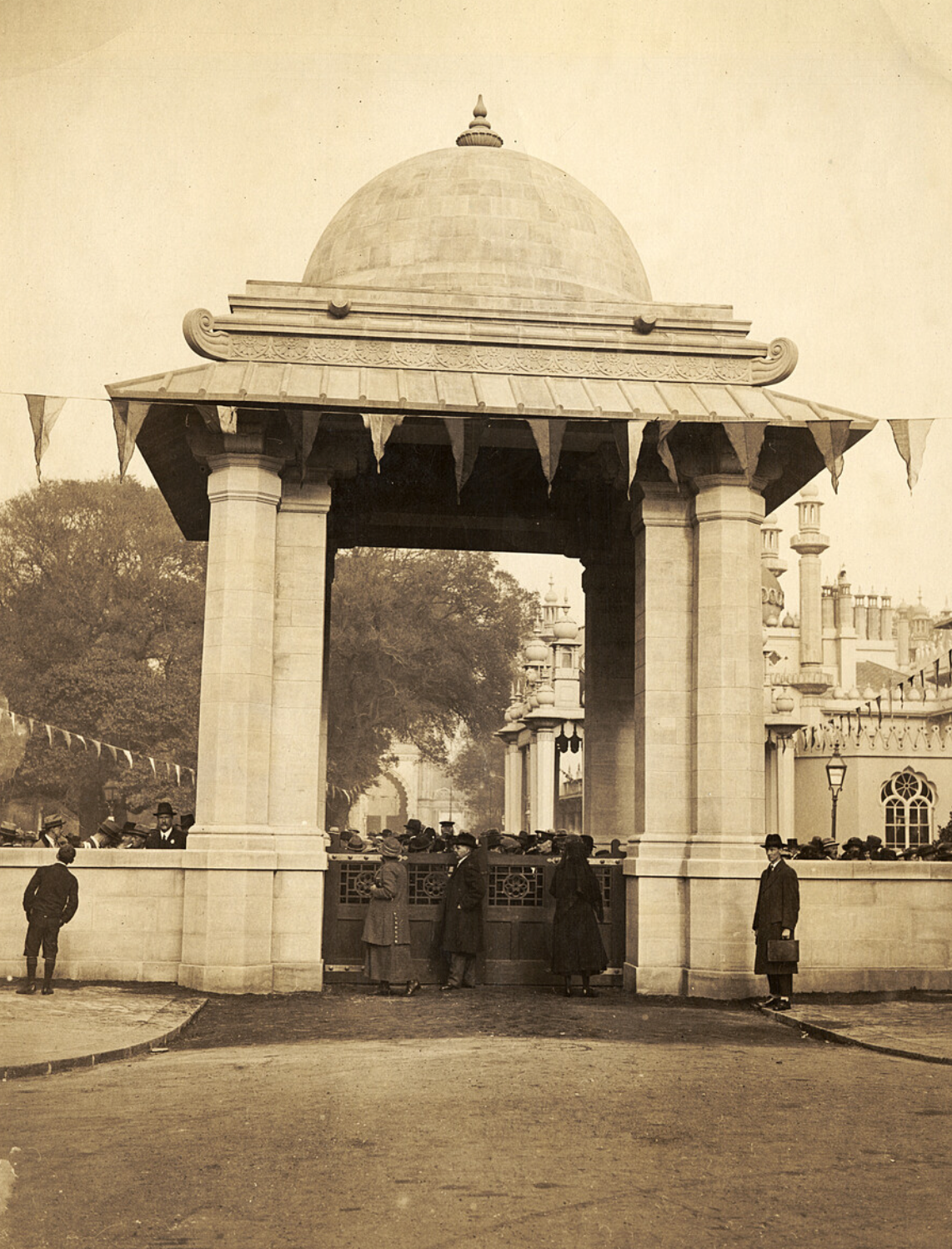Article

The community come together

Thomas Highflyer: A Brighton Story of Rescue, Community and Legacy
Rescued from a Slave Dhow
In August 1866, a Royal Navy ship, HMS Highflyer, intercepted a slave dhow off the coast of East Africa. Onboard was a young African boy, around eight years old, among several captives being trafficked. The ship's captain, Thomas Malcolm Sabine Pasley, rescued the boy and gave him the name "Thomas Malcolm Sabine Highflyer" – combining the captain's names with the ship that saved him.
The Royal Navy was actively involved in anti-slavery patrols during this period, especially in the Indian Ocean, where the East African slave trade was still ongoing despite Britain’s 1807 abolition of the transatlantic trade. Rescues like Thomas’s were rare but significant, and his story is one of very few to be documented so fully.
A New Life in Brighton
When HMS Highflyer returned to England in 1868, Thomas was brought to Brighton. Initially cared for by a naval officer’s family, he was soon placed with Henry and Eliza Thompson, a retired coastguardsman and his wife. They lived on Great College Street and welcomed Thomas into their home.
Brighton in the mid-19th century was growing fast. It had become a fashionable seaside resort, attracting visitors from London and beyond. But it was also home to a tight-knit local community, including churches and schools that played a big part in everyday life.
School and Church Life
Thomas attended St. Mark’s Church of England Primary School, where he learned English, made friends, and became a popular pupil. Teachers remembered him as cheerful and quick to learn. He especially loved playing cricket with other boys.
In 1870, Thomas made a personal decision to be baptised at All Souls Church Eastern Road Brighton. The baptism was seen as a sign of his deep connection to his new community, and was recorded as taking place on 30 March 1870.
Tragedy Strikes and a Forgotten Grave
Shortly after his baptism, Thomas fell seriously ill. He was diagnosed with tuberculosis, a common and often fatal disease in Victorian England. Despite the care of the Thompsons and local doctors, Thomas died on 20 June 1870, believed to be around 12 years old.
He was buried in Woodvale Cemetery in Brighton. A white stone cross marked his grave with a touching inscription noting his rescue, baptism, and death. But over the decades, the grave fell into disrepair. The stone weathered, the inscription faded, and the site became lost under brambles and neglect. Few people knew his name, and even fewer remembered his story.
Grave Rediscovery and Community Restoration
In the 2010s, local historians including Bert Williams and the Brighton & Hove Black History Group rediscovered Thomas’s story.
They traced burial records, naval documents, and local archives to piece together his life. When they found his grave at Woodvale Cemetery, it was in a poor state. But the community was determined to put that right.
With support from the city council and local organisations, the grave was carefully cleaned, repaired, and relettered. Stonemasons worked to restore the cross and make the inscription legible again.
On 20 June 2018, exactly 148 years after his death, a moving memorial service was held at the cemetery. Children from St. Mark’s School – the same school Thomas had attended, took part in the tribute, alongside councillors, local historians, and residents.
The restoration of Thomas’s grave is more than a repair, it’s a sign of remembrance and respect. It shows how a community can choose to honour those who were once forgotten. Today, his resting place in Woodvale Cemetery is regularly visited by school groups and locals who pause to read his story carved in stone.
A Bus Named Thomas Highflyer
To keep his memory alive, Brighton & Hove Buses named a bus after Thomas Highflyer in 2018. The bus includes artwork and writing by schoolchildren inspired by his story, making it a moving tribute that travels the city every day. It serves as a reminder of Brighton’s part in a global history and a local act of kindness.
Why His Story Matters
Thomas Highflyer’s life was short, but his story is powerful. He reminds us of the human cost of slavery, but also of what happens when a community chooses compassion. Brighton offered him safety, education, and a sense of belonging. And now, thanks to the efforts of residents and historians, his legacy is not only remembered, it’s honored.
His grave stands not just as a memorial to a child rescued from slavery, but as a testament to the care and conscience of a city that chose to restore his dignity. His story connects local history to global events, and encourages us to keep asking whose voices have been forgotten, and what we can do to remember them.
In June 2025 the community group brought people together for a moving event at the graveside of Thomas highflyer.
It marked the 154th year anniversary of his death. Some of their photos are below.
